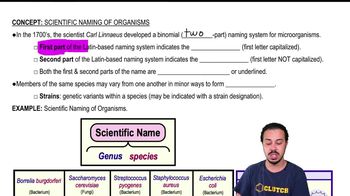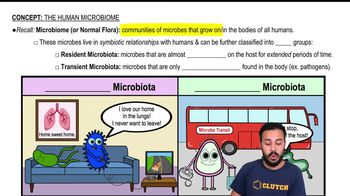Which of the following is used to classify organisms into the Kingdom Fungi?
a. ability to photosynthesize; possess a cell wall
b. unicellular; possess cell wall; prokaryotic
c. unicellular; lacking cell wall; eukaryotic
d. absorptive; possess cell wall; eukaryotic
e. ingestive; lacking cell wall; multicellular; prokaryotic




